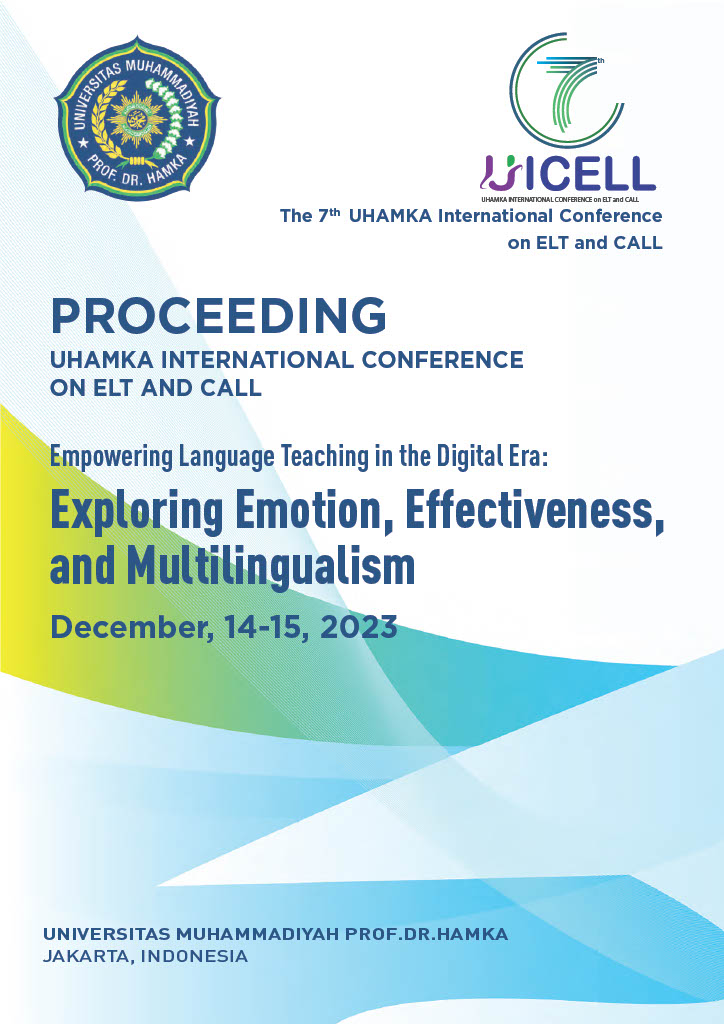Communicative Language Teaching in Indonesia in the 21st Century Through Perspective of Critical Theory
Abstract
Communicative Language Teaching (CLT) method is implemented in English language teaching in the 21st century. In Indonesia, CLT method is developed and adapted in learning model and based on the needs of students. The purpose of this study is intended to present the reasons of using CLT method in English Language Teaching (ELT), identifying its application in Indonesia in the 21st century, and finding the benefits of CLT method for teaching and learning from a critical theory perspective. It can help language teachers who are looking for ideas to enhance their teaching. In this study, qualitative descriptive research was used. The researcher reviewed some current publications such as journals, articles, virtual resources and internet access which focusses the CLT method. Based on the result, the main reason of CLT is to develop students’ skills so they need to communicate effectively in social situations by involving them in engaging and relevant learning activities. While the students can apply the CLT method through consistent oral practice, student-to-student interaction, and teamwork. Additionally, the CLT method learning produces some benefits to support a student-centered approach, increase student engagement, encourage lesson flexibility and creativity, and to develop all fundamental language skills.
Keywords: CLT, Critical theory, Learning model, Students’ needs, The 21st century


